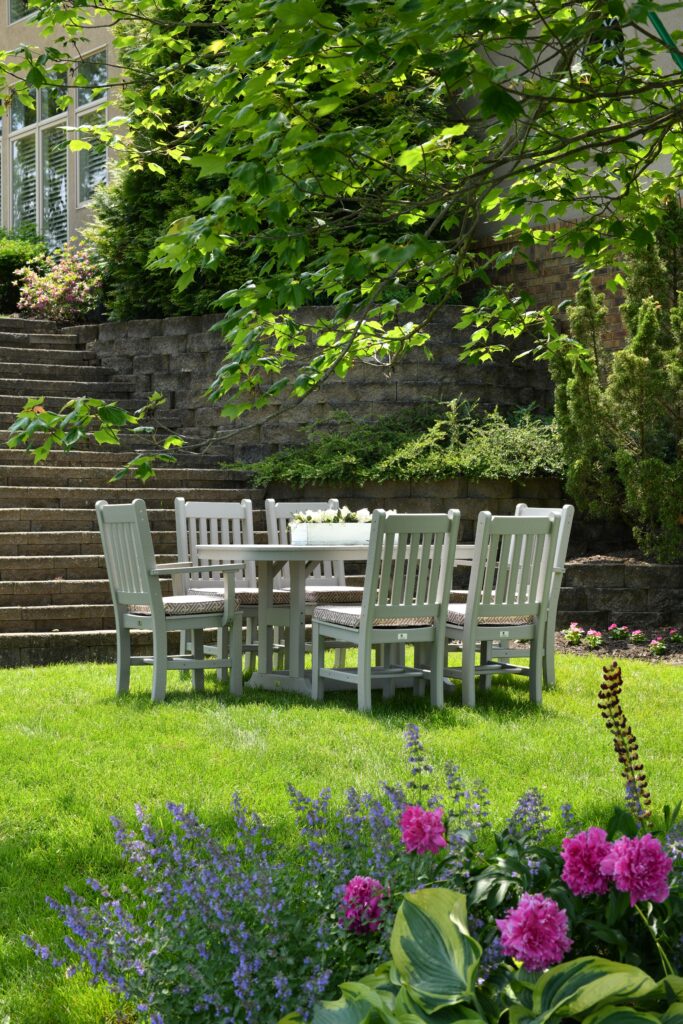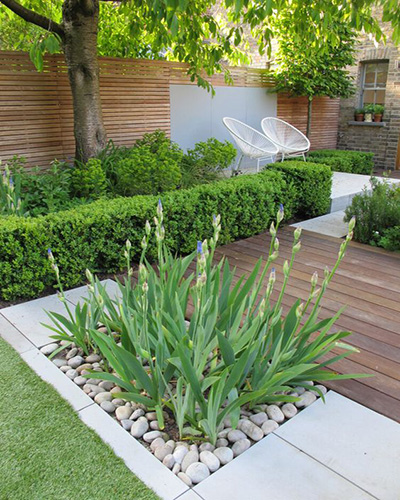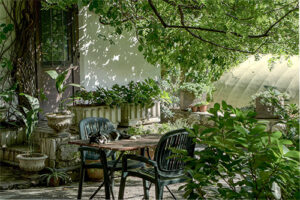Whether you are building or renovating your house or simply want to change, designing your garden is a long job. Knowing how to place plants, trees, vegetable garden and furniture in a garden is not an easy task. Calling on a professional can quickly increase the cost depending on the surface to be used. That’s why we are giving you a few tips on how to create your own garden plan.
Some important rules to design your garden
1. Define your desires and needs
First of all, you will have to list the facilities you want to put in your garden: terrace, barbecue area, outdoor kitchen, swimming pool, pond, vegetable garden, orchard, flower beds, walk, patio, hammock, etc.. Then, define the plants you would like to plant.
2. Respect the land
Locate in your garden the already existing elements such as trees, slopes, hedges. If necessary, you can remove certain elements. Otherwise, you will have to compose your garden with the existing nature.
In order to choose the type of plants that will make up your garden, you must determine the nature of the soil: clay, silt, humus, sand or limestone. Also, you will have to notice the zones of shade and sunshine as well as the daily duration of sunshine.
A vegetable garden will be located in a non-shaded and sunny area.
Inspiration



3. Find your style
Get inspiration from specialized websites and magazines to give you ideas and orient the style of your garden. Don’t forget to stay consistent with your house, the colors, the architectural style, etc.
You prefer the country style?


Are you a modern person?


4. Prefer round and sinuous shapes
Nature is rarely square and straight, for a wild and natural garden, prefer sinuous shapes for the paths and rounded flowerbeds, avoiding symmetry. If you opt for a more modern garden, you can put beds with geometric shapes, but do not prune the plants in a straight line, it would break the naturalness of the plants.
5. Compose with volumes and colors
To choose the plants for your garden, you must think of them as adult size. To give relief to your garden, you must play with the seasonality of the plants, their shape, their height and their color.
Large plants should be placed at the back of the garden and small ones at the front. Create clumps of plants by associating plants by their color and size.


